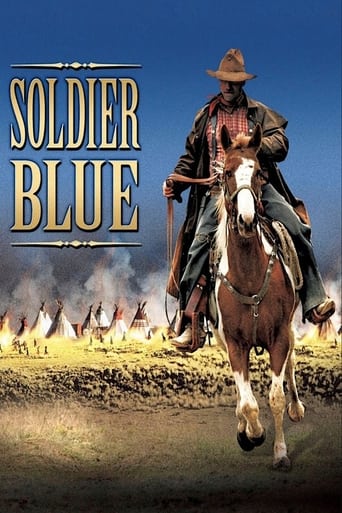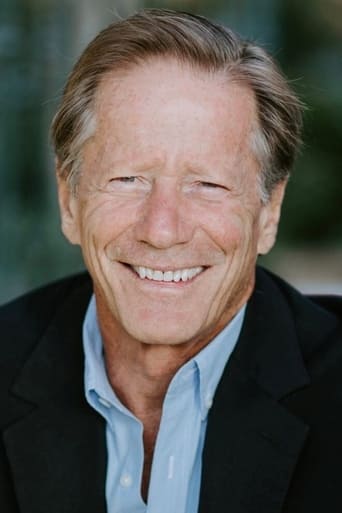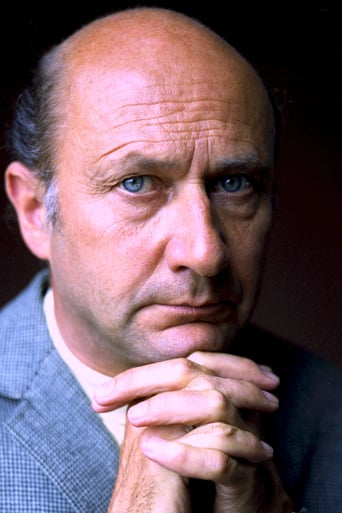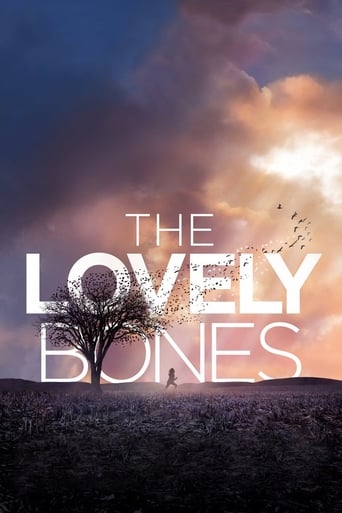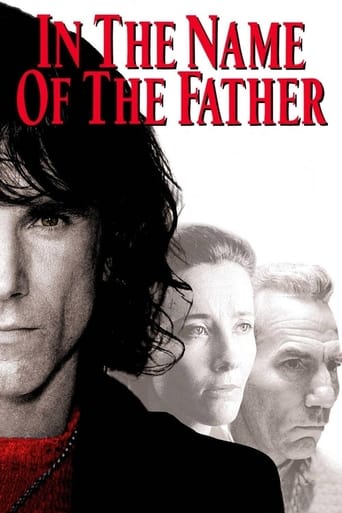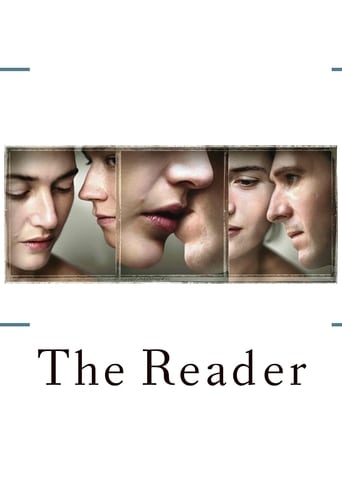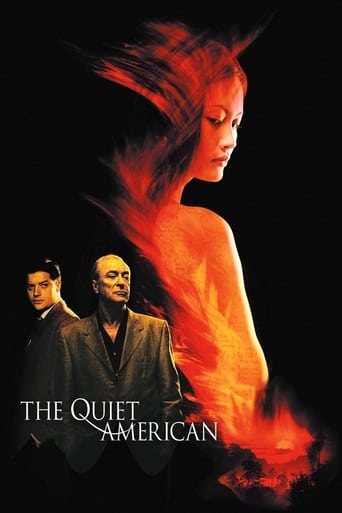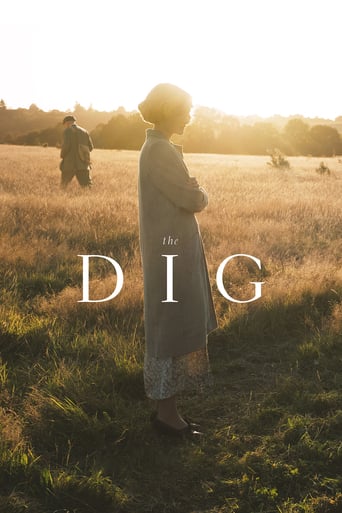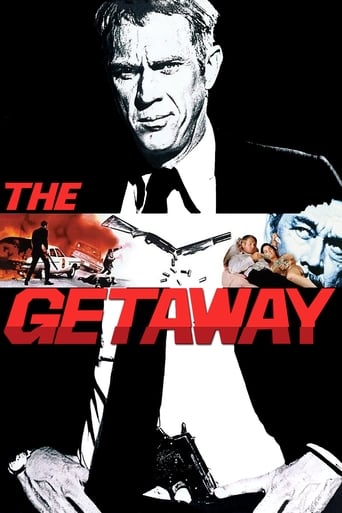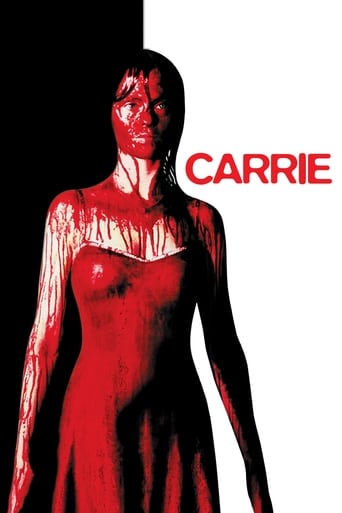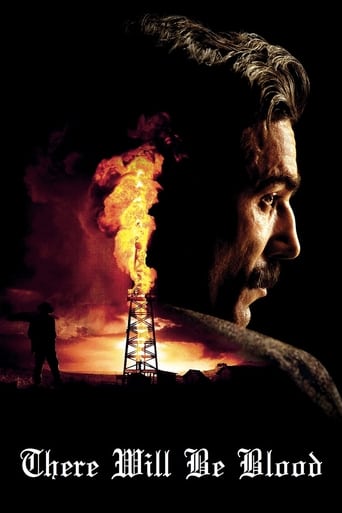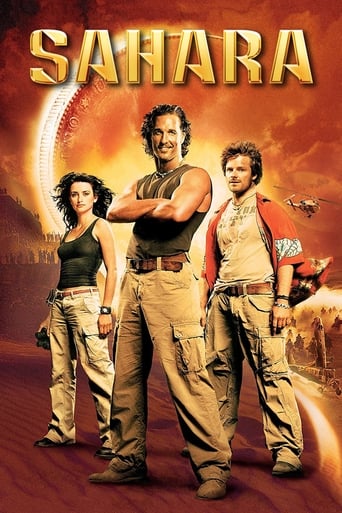Soldier Blue (1970)
After a cavalry group is massacred by the Cheyenne, only two survivors remain: Honus, a naive private devoted to his duty, and Cresta, a young woman who had lived with the Cheyenne two years and whose sympathies lie more with them than with the US government. Together, they must try to reach the cavalry's main base camp. As they travel onward, Honus is torn between his growing affection for Cresta.
Watch Trailer
Cast


Similar titles
Reviews
Touches You
Must See Movie...
everything you have heard about this movie is true.
A clunky actioner with a handful of cool moments.
For the first two thirds of the running time, this is an unremarkable love story-cum-western, interspersed with some rather bloody scenes of action and death which are rather surprising for the time in which this film was released. The drama is slow-paced and takes a rather long time to unfold; most of the running time is taken up with characterisation between the two central protagonists. The first is Cresta, a woman (but definitely not a lady) with bad habits, a foul tongue, and a love of the Native American Indians, which is not shared by her companion, a young, jingoistic soldier by the name of Honus Gent. The two young actors taking the lead roles, Candice Bergen and Peter Strauss, put in strong roles and in part make the viewing experience worthwhile.Although the pacing is slow, the script is witty and offers some nice wordplay between the two leads as their initial hostility turns to friendship and eventually something more. Plus, Ralph Nelson makes great use of the untamed American landscape, which is nicely shot, and there's another oddball character performance from Donald Pleasence playing a gun trader. Then all of a sudden, the film's unforgettable climax changes track as it depicts the wholesale slaughter of an Indian village by the American troops; suddenly it becomes deadly serious and often hard to watch. The gore effects are horrific and in-your-face and at this point, the true carnage and bloodshed of warfare is portrayed with guts, unlike anything ever seen before by the viewing public at the time of release. Since then, advances in special effects have resulted in far gorier films, but few share the disturbing realism of this movie's climax, which itself is based on the true story of the Sand Creek Massacre by Colorado soldiers led by one Colonel Chivington. Not a great movie, but perhaps one to remember, and a story with a moral is always one worth watching.
One of several westerns in the '60s and '70s that dramatized the injustices and atrocities committed against the Cheyenne, often by much superior US military forces. Other notable films include the more humorous, if nearly as bloody, "Little Big Man", and John Ford's previous epic "Cheyenne Autumn". Whereas Ford's film ends on an optimistic note for both the Cheyenne and their European advocates, these 2 later films, released during the height of the Vietnam War, are pessimistic, regarding both the Cheyenne and their European advocates. This film is notable for its shockingly graphic portrayal of the Sand Creek massacre. However, it takes a one-sided view of Cheyenne-European conflict.This story is an all around tragedy, perhaps meant to mirror the common perception of the time that the war in Vietnam was an unnecessary tragedy for many. Not only is a peaceful Cheyenne village, mostly consisting of women and children, savagely wiped out, the romantic couple we have been following for most of the film are left in a state of limbo. Cresta, confused about her identity as either a captured Cheyenne wife or a repatriated European, is left being escorted, along with Cheyenne survivors, by the cavalry. Meanwhile, Honus, the once duty-bound cavalry private whom she has turned into a protester of his commanding officer's annihilation policy, is chained to a cavalry supply wagon, being taken home for court- martialling.As pointed out by another reviewer, this film is based on a blend of Olsen's fictional writing "Arrow in this Sun", and the historic massacre. Unfortunately, the screen writer didn't adjust the historic timing of the novel-based portion to fit the historical timing of the massacre, which occurred in 1864, during the Civil War. Two clues indicate that this story supposedly takes place in '77. Honus tells Cresta that his father was killed a year ago in Custer's Last Stand, which occurred in '76. Also, the US flag that the Cheyenne village displayed has 38 stars, correct for '76, but 3 more than in '64. This discrepancy could have easily been eliminated.The actual massacre was perpetrated by Colorado Territory militia, responding to demands to do something to stop the depredations the militaristic wing of the Cheyenne, called dog soldiers(featured in part of Ford's "She Wore a Yellow Ribbon"). Instead, Colonel Chivington attacked a vulnerable, easily located, peaceful Cheyenne village, despite their raising of the American flag and a white flag of truce, as dramatized in the film. Instead of Colorado militia, regular US cavalry are portrayed(They should have been fighting Johnny Reb!), and Chivington's name was altered to Iverson. In addition to depredations on the European civilian population, Iverson justifies his action as retaliation for the slaughter of the payroll wagon escort: a fictional complication derived from Olsen's novel(and previously portrayed in "She Wore a Yellow Ribbon"). In the film, Spotted Wolf is characterized as both leading the attack on the payroll wagon to obtain money to buy rifles, and later deciding on a peaceful surrender to the cavalry, since the rifles we was expecting were discovered and destroyed by Honus. Total fiction.As in several other films dealing with European captives of 'Indians', Cresta has a severe identity crisis. Should she try to resume her recent life as a wife of Chief Spotted Wolf, or consummate her long interrupted romance with horny Lt. McNair, stationed at Fort Reunion, or take up with seemingly unpromising, but gentlemanly, private Honus, with whom she is presently stranded? This sassy foul-mouthed former NYC orphan seems willing to take advantage of whatever opportunity seems most promising. In the end, all 3 of these options are obsolete.Cresta's time spent with the Cheyenne has made her a savvy survivor in this plains wilderness. Honus, in contrast, seems not very savvy about surviving here on his own, as well as reluctant to kill 'Indians'. This creates periodic humor and conflict. When they are discovered by a detachment of Pawnees, she tells Honus he must wrestle with the chief, to have a chance of saving their lives. Honus gets the better of the chief, but is afraid to kill him, which the chief's companions do, since he has shamed his tribe in not defeating Honus. Against Cresta's wishes, he torches the rifles destined for the Cheyenne, illegally peddled by loner Q. Cumber. Later, Honus regrets this decision when he learns of Iverson's plan to destroy the Cheyenne village Cresta has run to. Cumber holds them hostage until they manage to escape and hide in a cave, where Cresta tends Honus's gunshot wound from Cumber. .. They gradually warm up to each other during these trials, until Cresta decides to go it alone to Ft. Reunion to get help for Honus. Cresta is chagrinned that Iverson refuses to allow just a couple of his 700 man force to help retrieve Honus. Thus, she steals a horse and rides to the Cheyenne village to warn them of the impending attack. Meanwhile , Honus wanders from the cave and, serendipitously, discovers a stray domesticated horse(Cumber's?), to get him back into the action, just before the attack on the Cheyenne.
This movie, made twenty years after "Broken Arrow", by which time the tide had turned against deception and towards truth insofar as Hollywood is concerned, had a shocking impact upon the audiences or at least those who had the guts to go see it even after knowing what the movie was about. Those who didn't want to see the dark and horrible side of American History, those who had their minds made up and hearts hardened by racism or nationalism, were in denial and didn't bother to see it or dismissed it as exaggerated and one sided. Earlier I was not keen on Western genre movies, and this was the first movie that I had seen until then (this was around 1975, I had not yet seen earlier movies like "Broken arrow") about Indian and White relations depicted explicitly and it came as quite a shocker - a bolt from the blue and I wondered - how come I had never heard about, known about, come across such events in History that were crucial for race and cultural relations? And that is because I was a Technology buff, an engineering student. And History of race/cultural relations were of little interest to me at that time, all I cared about was the latest technological developments taking place. As humans, we notice only things that interest or attract us, and even the most profound tragedy escapes our notice, unless one is acutely aware and sensitive to such things. Only as a victim of a tragic event does this awareness become acute. As a perpetrator or participant, we work overtime to justify and cover up such crimes, as if we have no choice in the matter and that it happened as a consequence of earlier events and so on. We build elaborate stories of justifications for our actions, always assuming that we could have done no wrong, and at worst our hand was forced by the chain of events, forced by the victims themselves. But this movie jolted me out of my typical complacent attitude that such things happened because the march of civilization was a necessity for Science and Technology to develop, and the savages were the impediment to this progress towards the Technological utopia. This movie disturbed me profoundly, and I realized that it had upset the dream that modern civilizations had built and taught to me and to each of its children - that Scientific progress and its application in Technology were ultimate human goals, and that issues like 'justice' and ideas like 'humanity' were puny, inconsequential and trivial before the latest machine or gizmo that we were infatuated with. What was merely a means had become an end in itself. And just what is the end of Science and Technology, I have yet to come across anyone who has even made a proposition. I then became more and more aware of racial, cultural issues and conflicts, and thereafter whenever I got a chance to know more about the past and about alternative cultures, I took it, and it kept on growing like the snowball in an avalanche.....
First of all, this film can be divided into three segments. A promising opening, with the ambushing of some cavalry by the Cheyenne. This is followed by what can only be described as a long boring middle section, with the totally miscast Candice Bergen and "Soldier Blue" traveling together to reach the safety of an Army garrison. Miss Bergen spews forth inappropriate four letter words every time she opens her mouth, and looks like she just walked out of a 1970s Jack Nicholson movie. I mean she maintains zero interest, with zero believability. The third and final section involves the totally gratuitous slaughter of an Indian village. This is so obviously overdone to lay on the anti-war propaganda, that it comes across as simply long, outrageous, and contrived. Not recommended. - MERK................................ Jacobe (comment above) Here's an idea. Why don't you actually watch the movie you are commenting on, instead of chirping your liberal nonsense. This is not a political site, it is for reviewing films. - MERK

